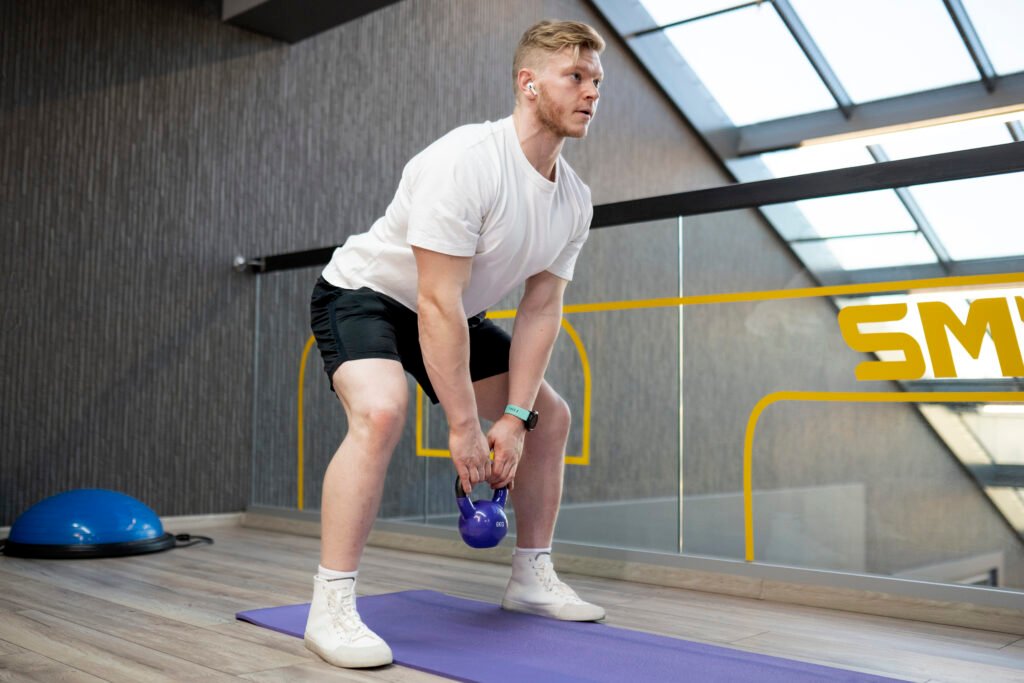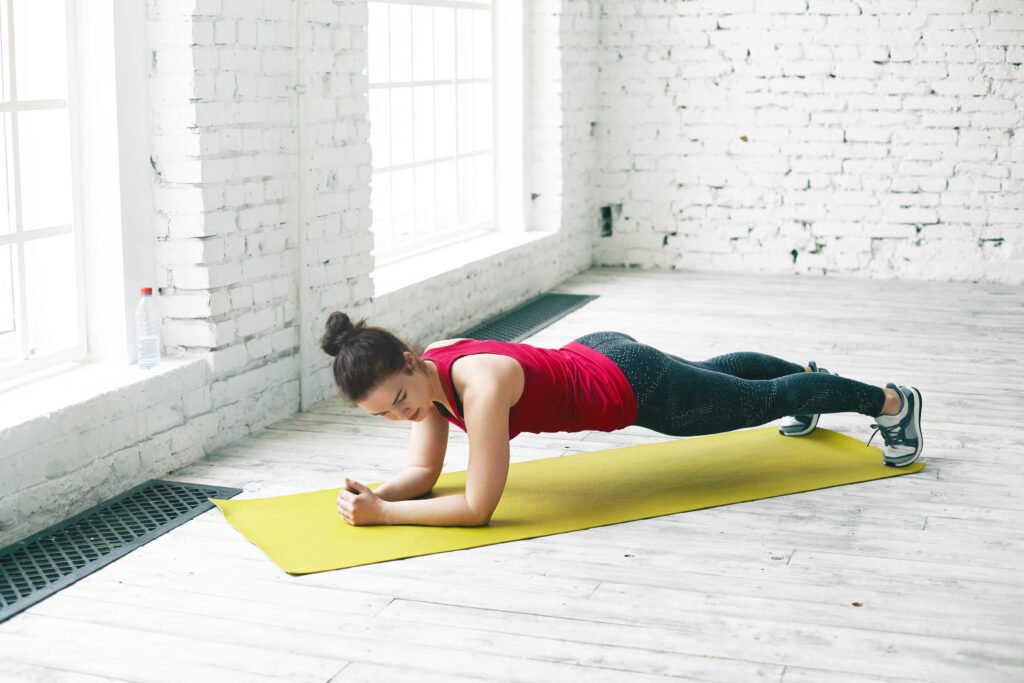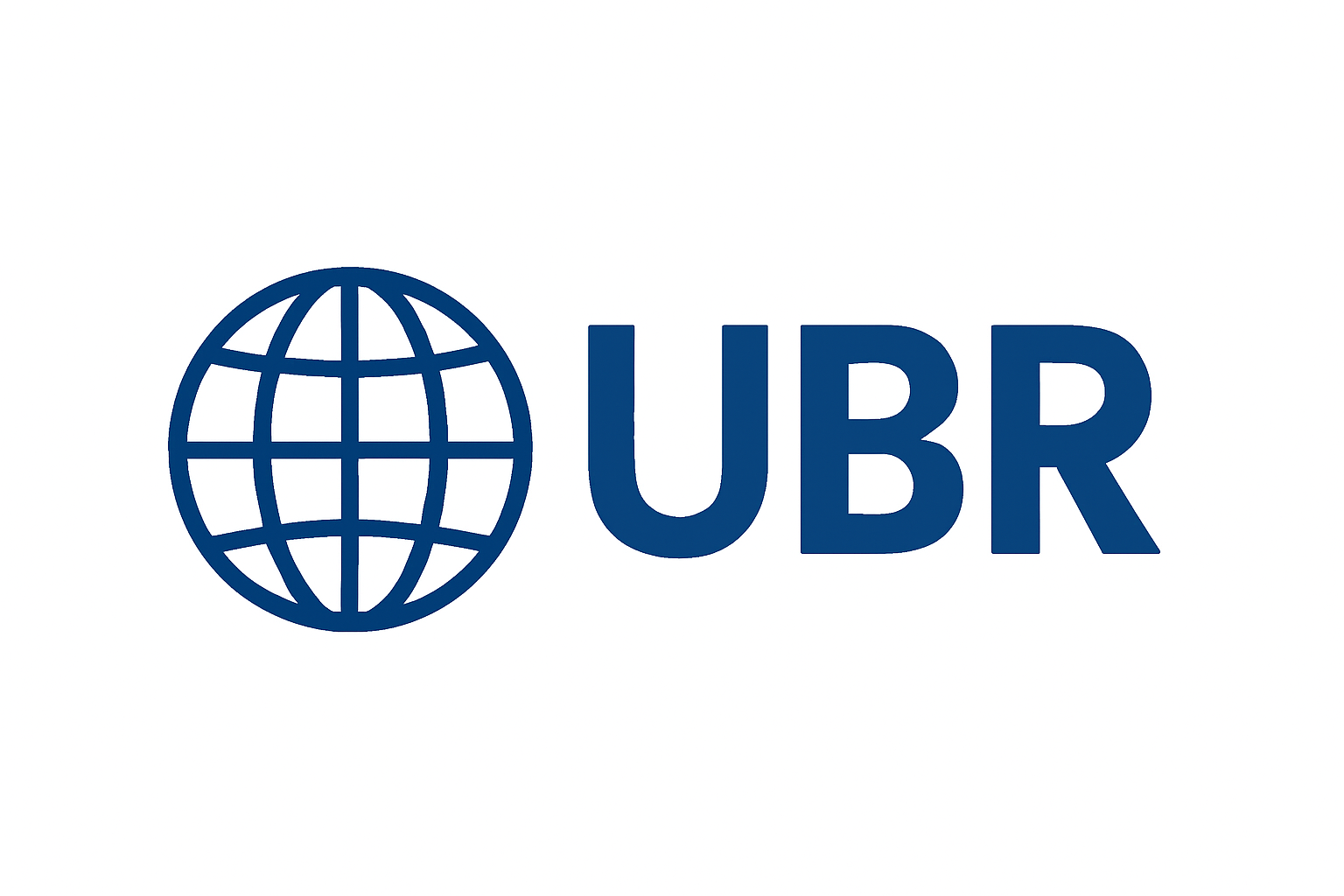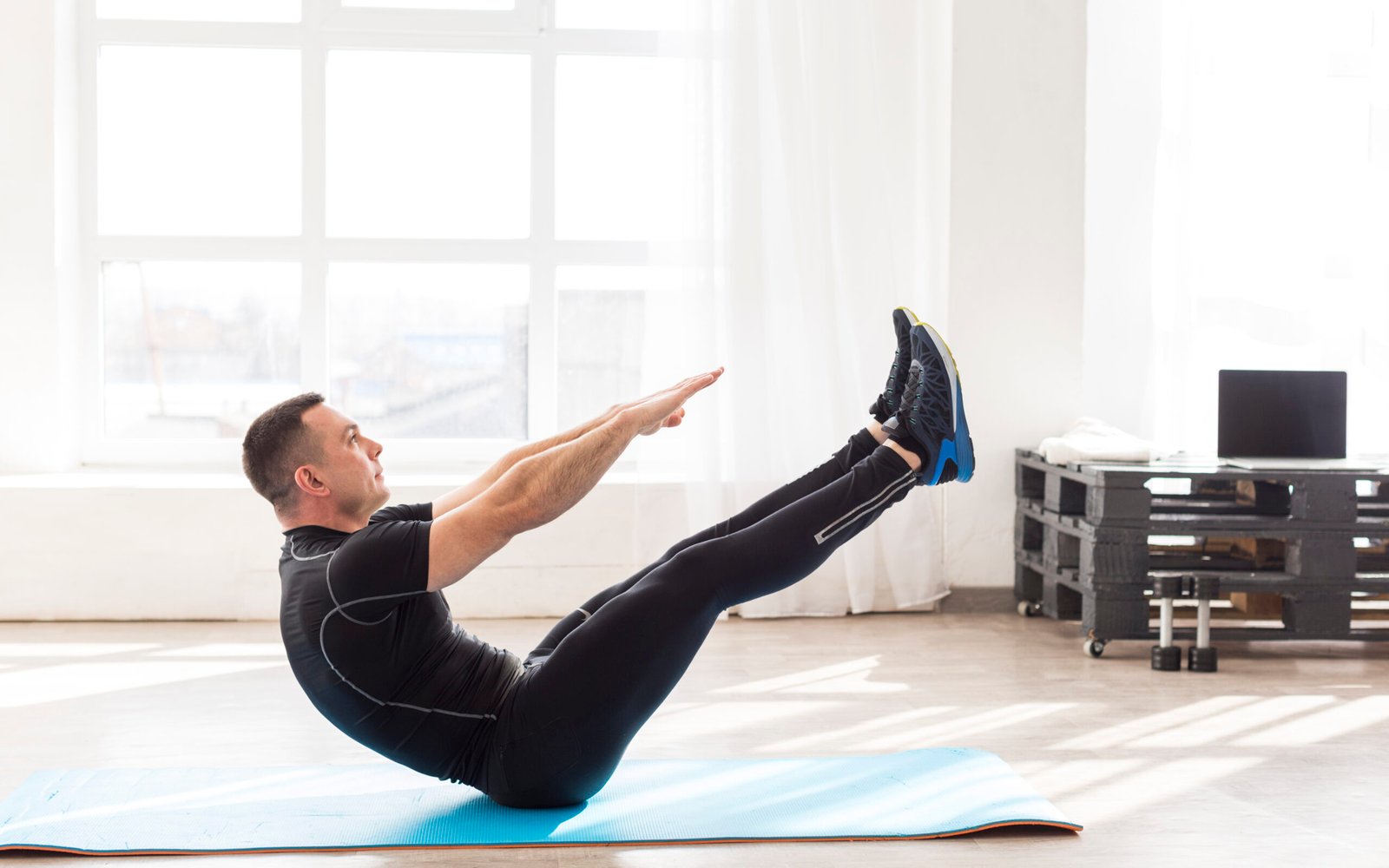If you’re still stuck on endless crunches and sit-ups, it’s time to reconsider your approach to building core strength. As a strength and conditioning coach with over two decades of experience, I can confidently say: crunches don’t cut it. They isolate the superficial muscles, focusing mostly on the rectus abdominis (your “six-pack” muscle), while ignoring the deep stabilizing muscles that are essential for spinal safety, improved posture, and optimal athletic performance.
Here’s the truth: building a strong core isn’t just about aesthetics. It’s about function. A strong core improves movement patterns, reduces the risk of injury, and enhances your performance in almost every activity you do. And the best part? You don’t need an hour-long ab workout or expensive gym equipment to get results. With just 15 minutes, three effective exercises, and a focus on quality over quantity, you can strengthen your core and see real-world benefits. Let’s dive into the plan that’ll have your core firing on all cylinders.
Why These Exercises Are Better Than Crunches
Traditional crunches are outdated for one main reason—they don’t engage the muscles that protect your spine and promote full-body strength. They focus on superficial muscle groups, while neglecting the vital stabilizers, including the obliques, transverse abdominis, and lower back. The result is a weak foundation that leads to injury and poor movement efficiency.
The following exercises are designed to engage your entire core, focusing on anti-rotation, anti-extension, and dynamic stability. These movements mimic the natural functions of your core, improving its capacity to work as a cohesive unit during everyday movements and athletic performance. After this workout, you’ll feel muscles firing in places you didn’t even know existed.
The 15-Minute Core Circuit
This workout is simple yet incredibly effective. Each exercise is performed for 40 seconds, followed by 20 seconds of rest. Complete the circuit twice for a total of 15 minutes. Focus on controlled, deliberate movements—speed is secondary to precision and intensity.
1. Kettlebell or Dumbbell Chops

Purpose: Develop rotational strength and stability while integrating upper and lower body coordination.
What It Targets: Obliques, transverse abdominis, shoulders, hips, and grip strength.
How to Do It:
- Start by standing with your feet shoulder-width apart, holding a kettlebell or dumbbell with both hands.
- Begin with the weight near one hip, arms slightly bent.
- In one fluid motion, swing the weight diagonally across your body toward the opposite shoulder, pivoting your back foot as you rotate your torso.
- Lower the weight back to the starting position under control, and alternate sides every rep.
Pro Tip:
- Keep your core tight and avoid using momentum. The action should come from your abs, not your arms.
- Engage your legs and hips to maximize rotational power.
Real-World Benefit:
This exercise helps your core resist rotation during real-world movements like lifting, swinging, or even throwing. It enhances your ability to maintain stability and control in dynamic situations.
2. TRX Plank

Purpose: Master anti-extension and build endurance in your deep stabilizing muscles.
What It Targets: Transverse abdominis, rectus abdominis, glutes, and shoulders.
How to Do It:
- Set up a TRX suspension trainer at mid-length, placing your feet in the straps.
- Get into a forearm plank position on the ground, ensuring your body forms a straight line from head to heels.
- Engage your core, squeeze your glutes, and press your forearms into the floor to maintain alignment.
- Hold steady, resisting the instability created by the suspension of your feet.
Pro Tip:
- Imagine pulling your elbows toward your toes and squeezing your thighs together. This activates your lats and inner thighs, increasing stability.
- Keep your neck relaxed and avoid tension in your shoulders.
Real-World Benefit:
The TRX plank trains your core to prevent excessive lower back arching—a common source of injury—while also improving shoulder stability for pushing and pulling tasks.
3. TRX Body Saws
Purpose: Build bulletproof anterior core strength and enhance shoulder stability.
What It Targets: Rectus abdominis, transverse abdominis, serratus anterior, and shoulders.
How to Do It:
- Start in the TRX plank position as described earlier, with your feet in the straps.
- Keeping your core engaged and glutes squeezed, shift your body backward by sliding your arms forward, allowing your feet to roll out slightly.
- Reverse the motion by pulling yourself back to the starting position, maintaining a strong, stable plank throughout the movement.
Pro Tip:
- Go slow and controlled. Focus on maintaining a perfect plank during the entire range of motion.
- Avoid letting your hips sag or rise during the movement, as this could strain your lower back.
Real-World Benefit:
The body saw mimics the demands of pushing and pulling motions, ensuring your core can handle unpredictable forces, such as carrying heavy loads or executing powerful pushes in athletic settings.
Practical Tips for Maximizing Core Gains
To get the most out of this workout, here are a few key strategies:
Focus on Form Over Speed
Sloppy reps won’t help you achieve better results. Prioritize form over speed, and take breaks when needed to maintain proper technique. If you start to feel fatigued, pause, reset, and resume with proper alignment.
Breathe Deeply
Remember to exhale forcefully during the hardest part of each exercise. Breathing deeply engages your deep core muscles and helps stabilize your spine. Don’t hold your breath—controlled breathing will help you maintain power and endurance.
Progress Gradually
If 40 seconds of work feels overwhelming, start with shorter intervals, such as 30 seconds, and gradually work your way up. As you adapt, increase intensity by adding weight, slowing down your movements, or extending the duration of each exercise.
Pair with Compound Lifts
Incorporate this core workout at the end of your session, after compound lifts like squats, deadlifts, or presses. These movements reinforce spinal stability and recovery, enhancing the functional strength of your core.
Quality Over Quantity
A strong, functional core doesn’t require endless crunches or complicated routines. By focusing on high-impact exercises like kettlebell chops, TRX planks, and body saws, you’ll build a powerful core that supports every movement you make, both in and out of the gym.
Remember, consistency is key. Stick with this routine, execute each movement with precision, and trust the process. In just 15 minutes, you’ll be well on your way to a core that’s not only strong but resilient enough to handle whatever life throws your way. Now, it’s time to start moving. Your future self will thank you.







